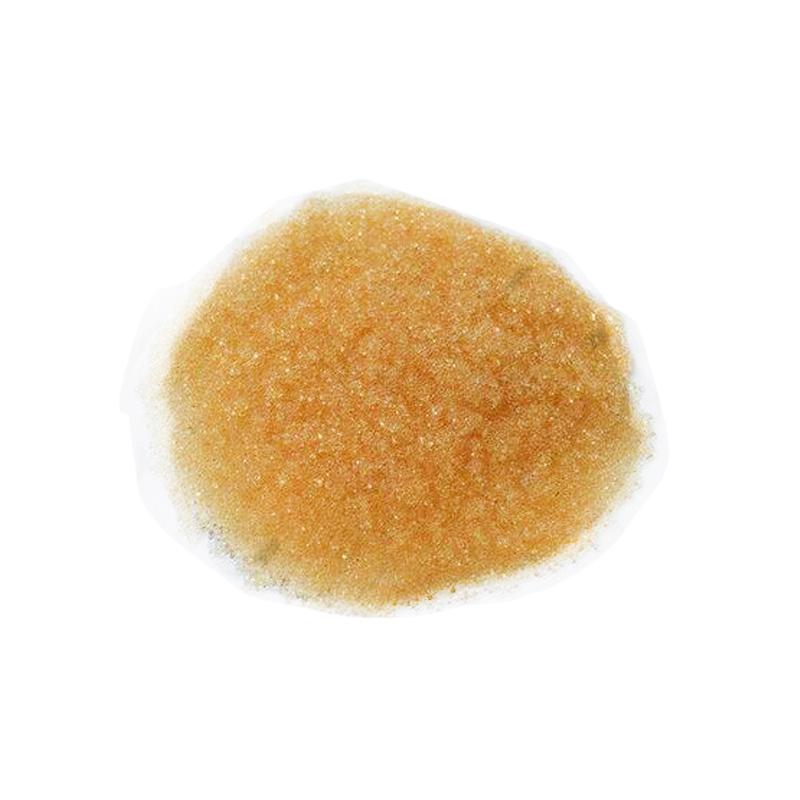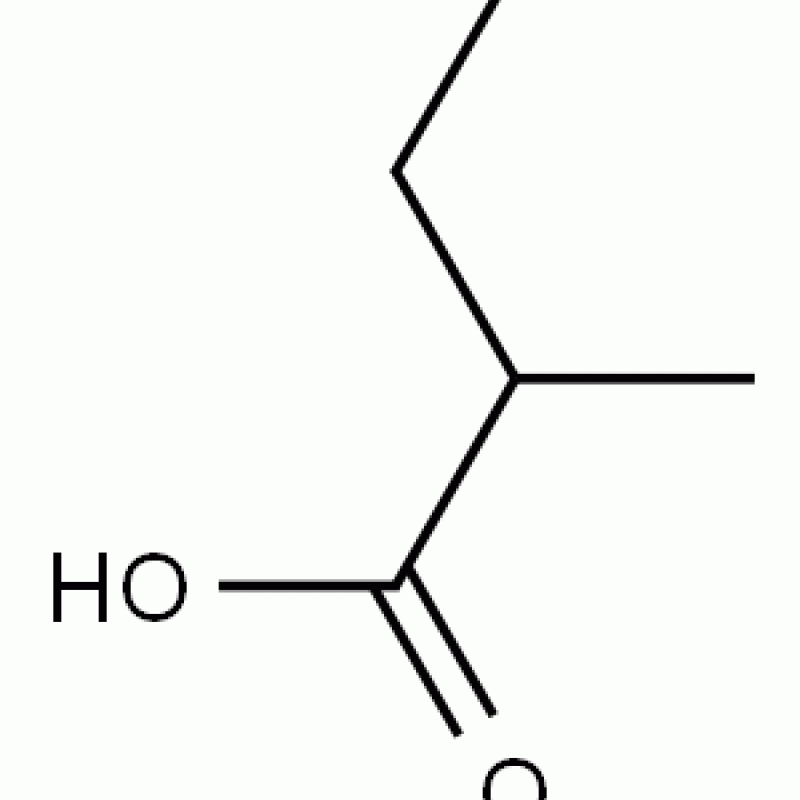Products Description of Direct Pigment Red 122 CAS#980-26-7Pigment Red 122 is an all-around pink, it belongs to Quinacridone chemistry, application covers all kinds of polymers. Comparable with Clariant Pink E and E 01. P.R.122 has higher tinting strength than pigment violet 19, it is with excellent resistance to immigration and heat stability. PR 122 dissolves in its medium and changes color accordingly at low concentrations.
Contact Now
Products Description of Isopropyl palmitate CAS#142-91-6Isopropyl palmitate is a traditional, refreshing, fast-spreading emollient used in modern cosmetics. It is used as the main carrier or conditioning ingredient in a wide range of cosmetic applications.
Contact Now
Pigment Yellow 34 (CAS#1344-37-2), also known as Lead Chromate, is an inorganic pigment recognized for its vibrant yellow hue.
Contact Now
Products Description of Direct Pigment Yellow 42 CAS#51274-00-1Pigment yellow 42, also known as Yellow Iron oxide is a yellow powder in the form of an alkaline oxide with comparatively stable chemical properties. It is is insoluble in water and alcohol, slightly soluble in acids but completely dissolves in concentrated hydrochloric acid. When heated to 80℃, it loses water and converts to red ferric oxide. It is used in coating, printing ink and paint, and also as a coloring agent for building material, rubber and paper-making.
Contact Now
Products Description of Direct Pigment Geen 7 CAS#1328-53-6Pigment Green-7 is a water-dispersed pigment, exceptionally lightfast, yields an intense phthalo green, and is formulated specifically for the coloring of paper pulp. It is easy to use and requires no rinsing; directions included. It has high tintorial strength and excellent fastness to solvents, heat, light, & weathering1,2. To ensure maximum color intensity and proper adhesion to the pulp, a retention agent must be added to the pulp before the pigment is applied1. It belongs to the Phthalocyanine Green Pigment2.
Contact Now
Products Description of Direct Pigment Yellow 3 CAS#6486-23-3The pigment is a greenish light yellow powder with bright color. It can be dissolved in organic solvents such as ethanol and acetone when heated. It turns yellow when it meets concentrated sulfuric acid. The color remains unchanged in concentrated nitric acid, concentrated hydrochloric acid and dilute sodium hydroxide. It has good light resistance and heat resistance.
Contact Now
Products Description of KCL CAS#7447-40-7Potassium chloride is an important fertilizer for plant growth. It has a fast fertilizer effect and can be absorbed by the soil. It is not easy to lose. Applying an appropriate amount of potassium fertilizer can make the stems of crops grow firm, prevent lodging, promote flowering and fruiting, and enhance the ability to resist drought, cold, diseases and pests. Therefore, it is of great significance to agricultural high yield.
Contact Now
Products Description of Isopropyl Palmitate CAS#142-91-6Isopropyl palmitate is a traditional, refreshing, fast-spreading emollient used in modern cosmetics. Used as primary carrier or conditioning ingredient in a wide range of cosmetic applications.
Contact Now
Products Description of Molybdate Orange CAS#12656-85-8 ,also known as Pigment Red 104, is an inorganic pigment that is widely recognized for its vibrant orange hue.
Contact Now
Products Description of Carbon Black CAS#1333-86-4Carbon black is a finely divided form of carbon. It may ignite explosively if suspended in air in the presence of an ignition source or slowly undergo spontaneous combustion upon contact with water.In addition, it is toxic by inhalation, with a TLV of 3.5 mg/m3 in air. Primary uses are in the manufacture of tires, belt covers, plastics, carbon paper, colorant for printing inks, and as a solar-energy absorber.1. It is edible black pigment.
Contact Now
Products Description of 1,4-Bis-[4-(3-acryloyloxypropyloxy)benzoyloxy]-2-methylbenzeneCAS#174063-87-71,4-Bis-[4-(3-acryloxypropoxy)benzoyloxy]-2-methylbenzene can be used in the field of photography to synthesize fast-erasable dyes, filter materials, charge transfer agents, etc.1,4-Bis-[4-(3-acryloyloxypropyloxy)benzoyloxy]-2-methylbenzene Chemical PropertiesBoiling point 733.5±60.0 °C(Predicted)density 1.219vapor pressure 0.003Pa at 25℃storage temp. Keep in dark place,Sealed in dry,Room Temperatureform powdercolor WhiteWater Solubility 5.3μg/L at 20℃Log
Contact Now
Products Description of Sodium 4-amino-1-naphthalenesulfonate CAS#130-13-2White or off-white flaky crystals. Easily soluble in water, soluble in 95% ethanol, insoluble in ether, slightly soluble in concentrated caustic alkali aqueous solution and ethanol solution. It is an important azo pigment intermediate, widely used in the synthesis of direct dyes and reactive dyes.
Contact Now
Products Description of Lead monoxide CAS#1317-36-8Lead oxide is an inorganic substance with the chemical formula PbO. It is a yellow crystalline powder, insoluble in water, insoluble in ethanol, soluble in nitric acid, acetic acid, and hot alkali. It is mainly used as a pigment, metallurgical flux, and paint drier.
Contact Now
Products Description of Direct Pigment Yellow 42 CAS#51274-00-1Barium sulfate has its chemical formula BaSO4. It is colorless or white orthorhombic crystals with relative molecular mass of 233.4, the relative density of 4.5 (15 ℃), the melting point of 1580 ℃, and the Refractive index of 1.637. Upon being heated to 1149 ℃, it will become monoclinic crystalline when the refractive index is 1.649. It is almost insoluble in water with the solubility being 0.00022 at 18 ℃ and 0.0041 at 100 ℃.
Contact Now
Products Description of Sodium Copper Chlorophyllin CAS#11006-34-1Using natural green plant tissues, such as silkworm excrement, clover, alfalfa, bamboo and other plant leaves as raw materials, extracting with organic solvents such as acetone, methanol, ethanol, petroleum ether, etc., replacing the central magnesium ions of chlorophyll with copper ions, and saponifying it with alkali, removing the methyl and phytol groups, and forming the carboxyl group to become disodium salt. Therefore, sodium copper chlorophyll is a semi-synthetic pigment.
Contact Now
Products Description of Lead Oxide CAS#1317-36-8Lead oxide is an inorganic substance with the chemical formula PbO. It is a yellow crystalline powder. It is insoluble in water and ethanol, but soluble in nitric acid, acetic acid, and hot alkali solution. It is mainly used as a pigment, metallurgical flux, paint drier, rubber vulcanization accelerator, pesticide, etc.On October 27, 2017, the World Health Organization's International Agency for Research on Cancer published a preliminary list of carcinogens for reference.
Contact Now
Products Description of 3,4-epoxycyclohexanecarboxylate CAS#2386-87-0The alicyclic epoxy resin 3,4-epoxycyclohexylmethyl 3,4-epoxycyclohexylcarboxylate overcomes the shortcomings of traditional bisphenol A epoxy resin, such as poor weather resistance, high temperature resistance, and poor impact resistance, and has received great attention from all walks of life.
Contact Now
Petroleum Resins CAS#68131-77-1Petroleum resin is produced by pre-treatment, polymerization, distillation and other processes of C5 and C9 fractions produced as by-products of petroleum cracking.
Contact Now
Products Description of M-Phenylenediamine (m-PDA) CAS#108-45-2Meta-phenylenediamine is an important raw material for organic synthesis. It is mainly used as a dye intermediate to produce basic orange, basic brown G, direct sunfast black G and other dyes. It is also used as fur dye and epoxy resin. It is used as a curing agent, cement coagulant, mordant, color developer, etc.
Contact Now
Products Description of Triethylene glycol dimethacrylate CAS#109-16-0Unsaturated polyester resin (UPR) is one of the three most widely used matrix resin materials in resin-based composite materials.
Contact Now
Products Description of Poly(methyl methacrylate)CAS#9011-14-7Polymethyl Methacrylate (PMMA) is a high molecular polymer, also known as acrylic or organic glass. It has the advantages of high transparency, low price, and easy machining. It is a commonly used glass substitute material.On October 27, 2017, the World Health Organization's International Agency for Research on Cancer published a preliminary list of carcinogens for reference.
Contact Now
Cyclohexanol, 4,4-(1-methylethylidene)bis-, polymer with (chloromethyl)oxirane CAS#30583-72-3Hydrogenated bisphenol A epoxy resin is mainly used in insulating materials.Cyclohexanol, 4,4-(1-methylethylidene)bis-, polymer with (chloromethyl)oxirane Chemical Propertiesdensity 1.135[at 20℃]vapor pressure 0.002Pa at 20℃Water Solubility 58.6mg/L at 30℃InChIInChI=1S/C15H28O2.C3H5ClO/c1-15(2,11-3-7-13(16)8-4-11)12-5-9-14(17)10-6-12;4-1-3-2-5-3/h11-14,16-17H,3-10H2,1-2H3;3H,1-2H2InChIKeyCSSRVVKVKAJYLJ-UHFFFAOYSA-NSMILESC(C1CCC(O)CC1)(C1CCC(O)CC1)(C)C.C(C1OC1)ClLogP3.84 at 20℃EPA Substan
Contact Now
Products Description of Poly(acrylic acid)CAS#9003-1-4Acrylic resin (MethylMethacrylateResin), commonly known as organic glass, is a polymer compound made from methyl methacrylate. Commonly used synthesis methods include anionic polymerization, solution polymerization, bulk polymerization, and suspension polymerization. In addition, the resin has excellent properties such as easy coloring, light weight, not easy to break, and good processing performance. Therefore, it is often used as a substitute for glass, optical lenses, lenses, etc.
Contact Now
Products Description of 3-DIMETHYLAMINO PROPYLAMINE #CAS:113-59-73-Dimethylaminopropylamine (DMAPA), known for its chemical formula C5H16N2, is an essential intermediate in organic synthesis with a wide range of applications, particularly in the production of dyes, ion-exchange resins, epoxy curing agents, and as an additive in oil and cyanide-free electroplating processes. It also serves as a fiber and leather treatment agent and a bactericide.
Contact Now












![1,4-Bis-[4-(3-acryloyloxypropyloxy)benzoyloxy]-2-methylbenzeneCAS#174063-87-7](https://sdluxicdn.huazhi.cloud/cdn/ff/UzaxHqC7dqMBX0gCNrVwnr0zZlxBJGLCf_1pR8RV7U8/1719438243/public/styles/chanpinzhutu/public/2024-06/%E7%99%BD%E8%89%B2%E7%B2%89%E6%9C%AB%20%285%29_15.jpg?itok=9zTdC24L)






















